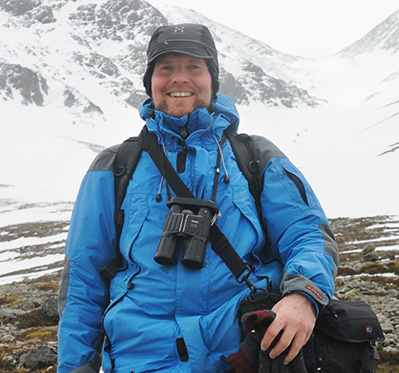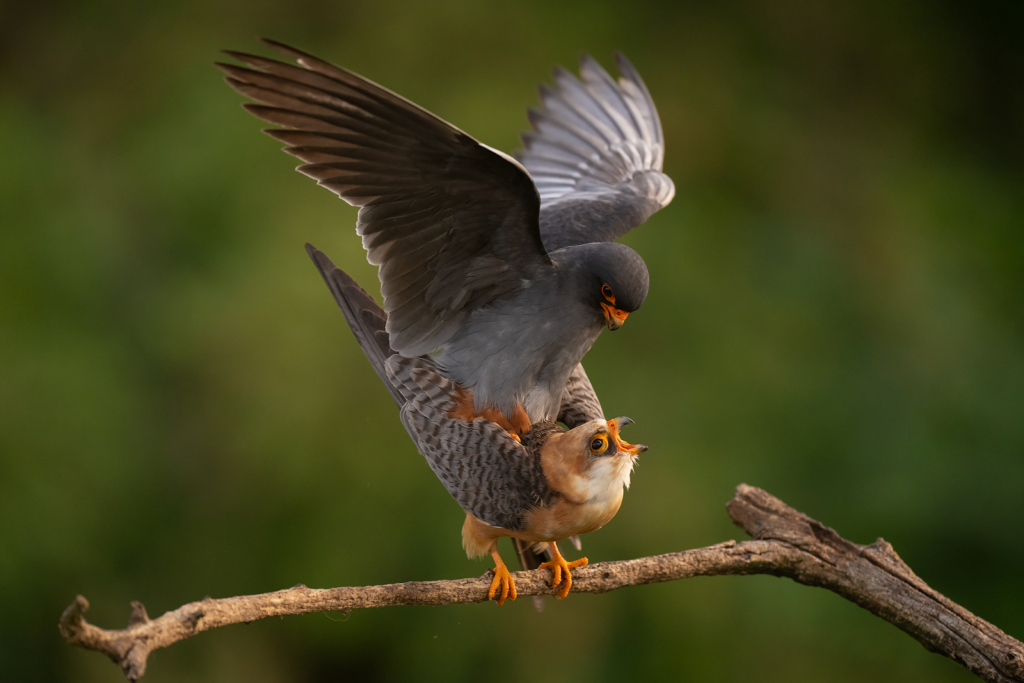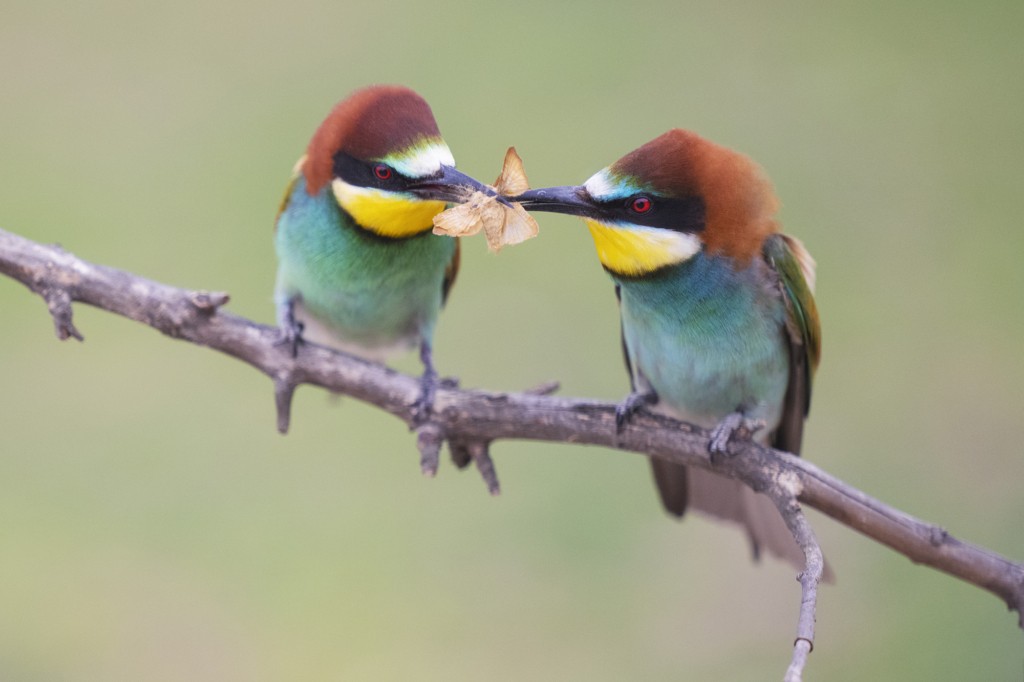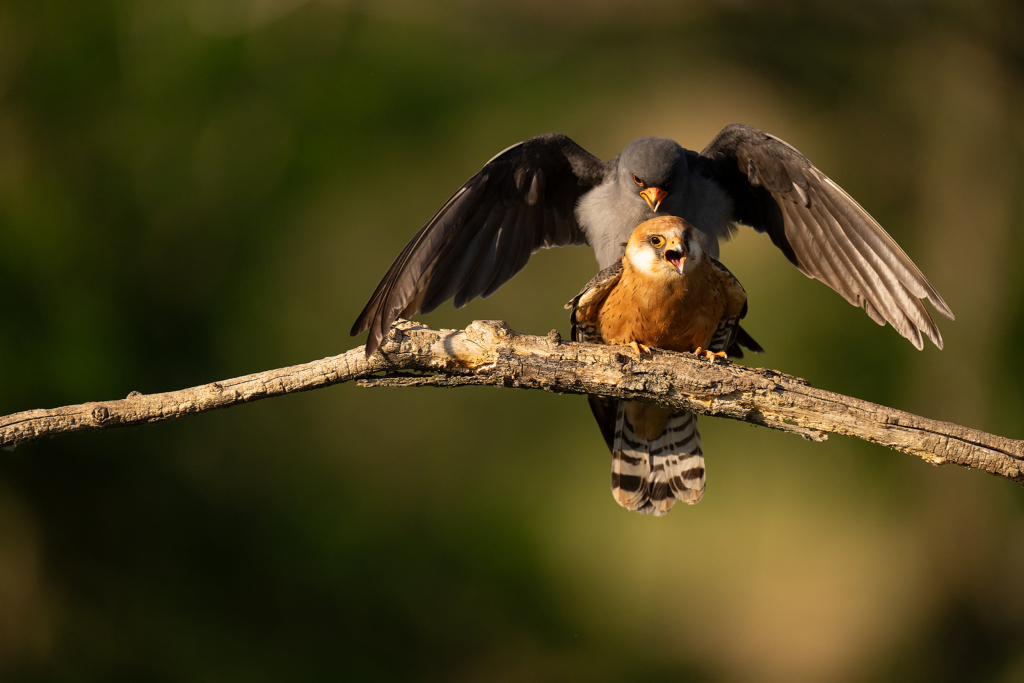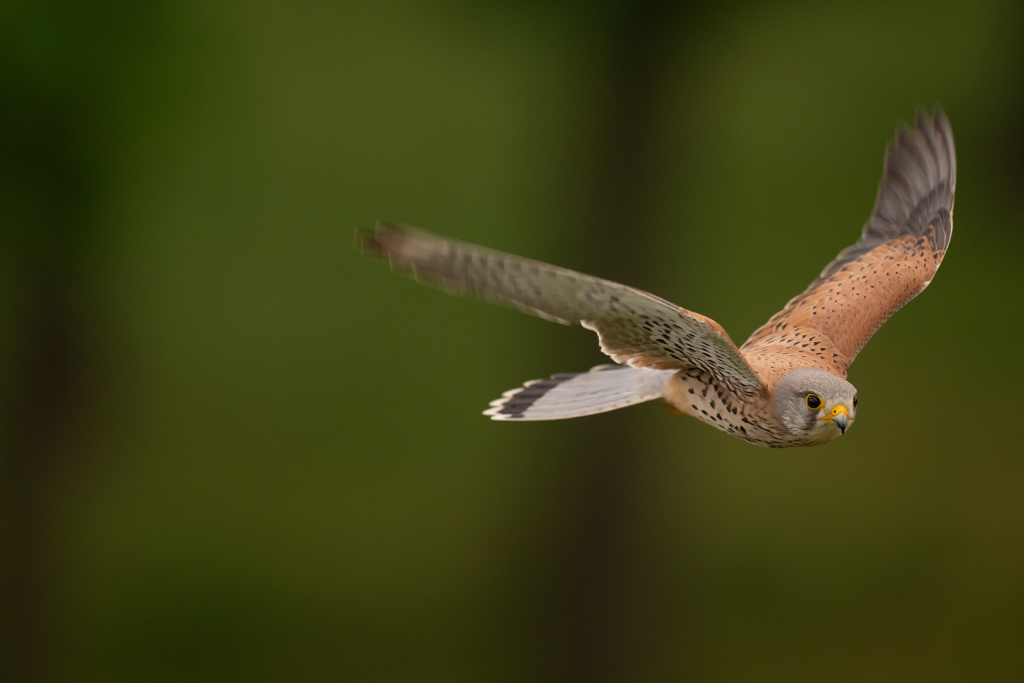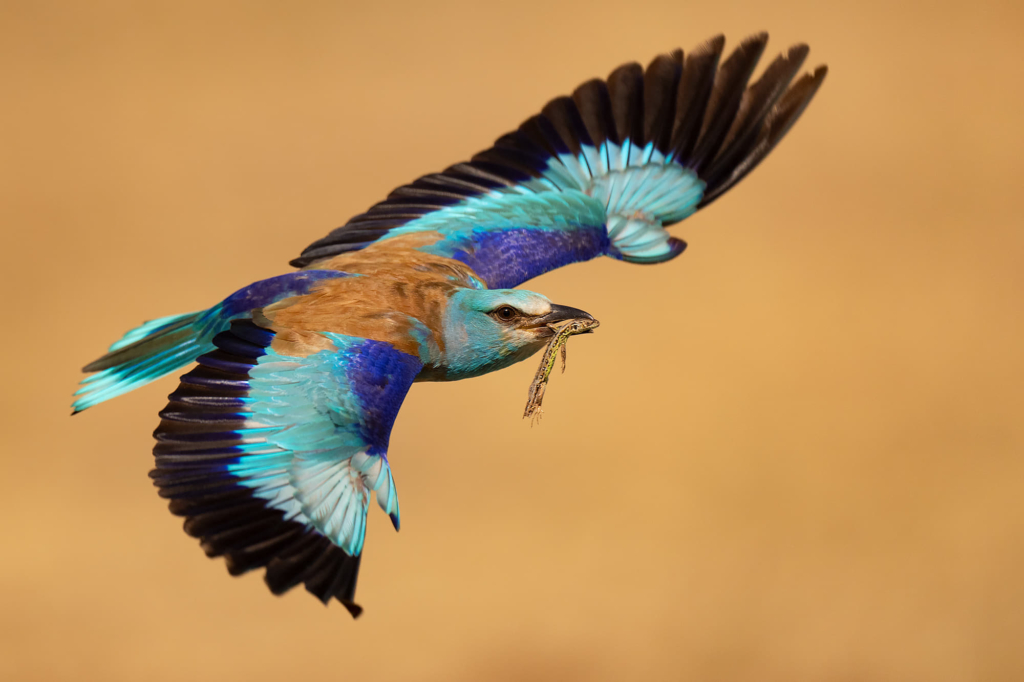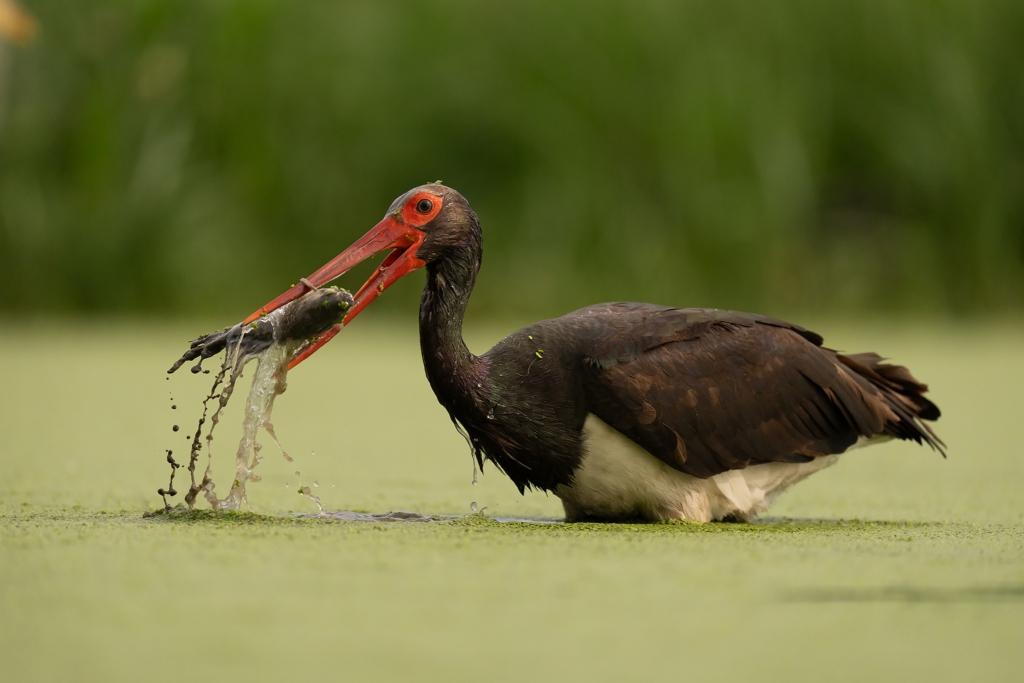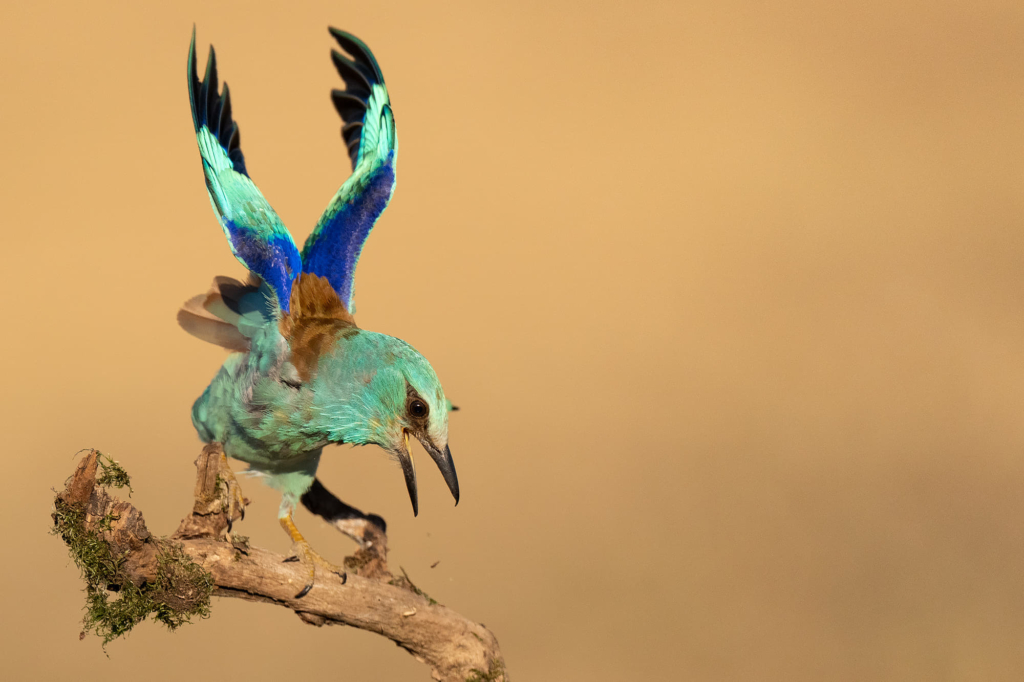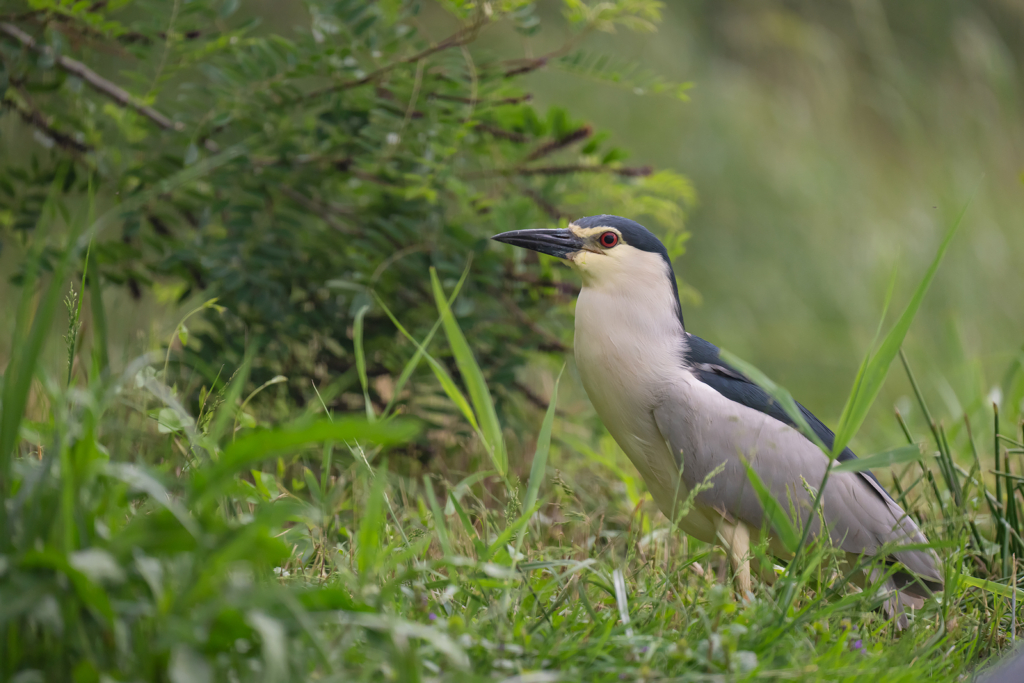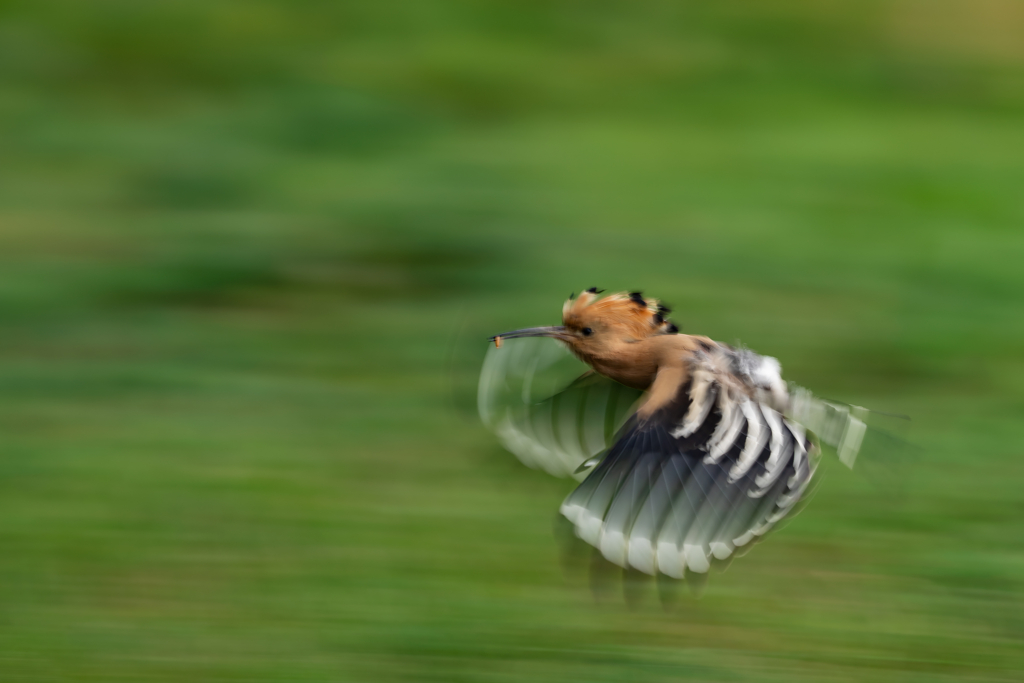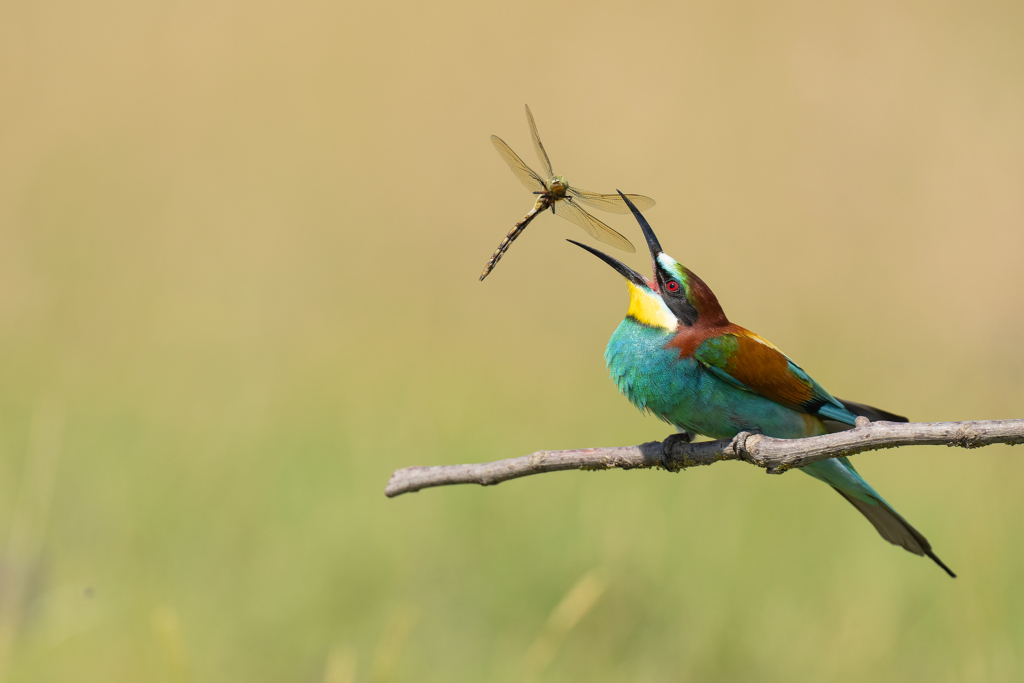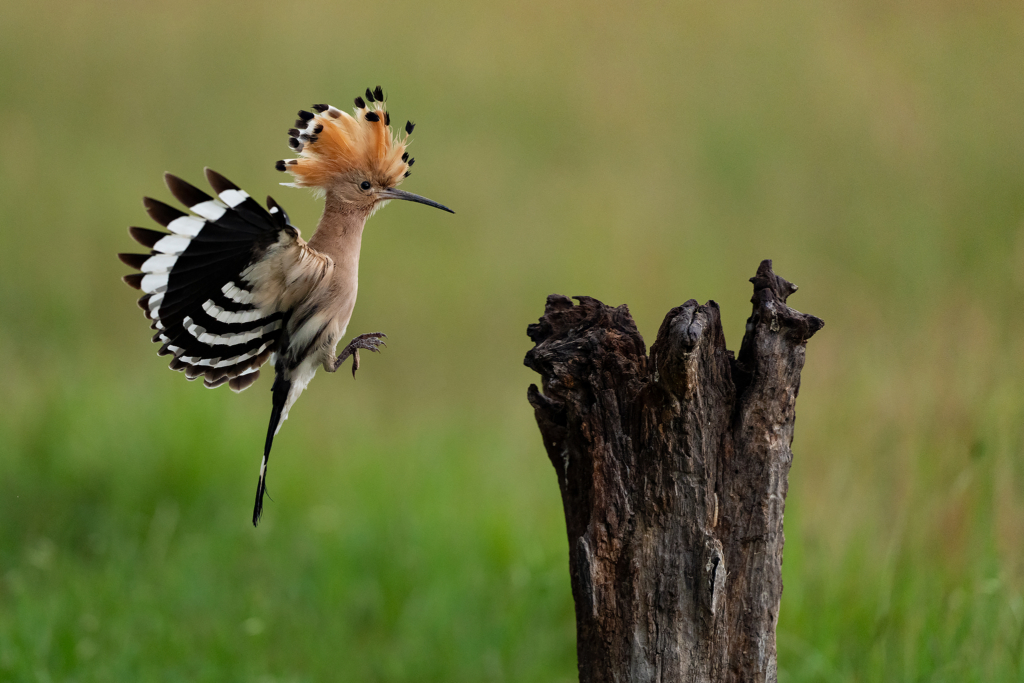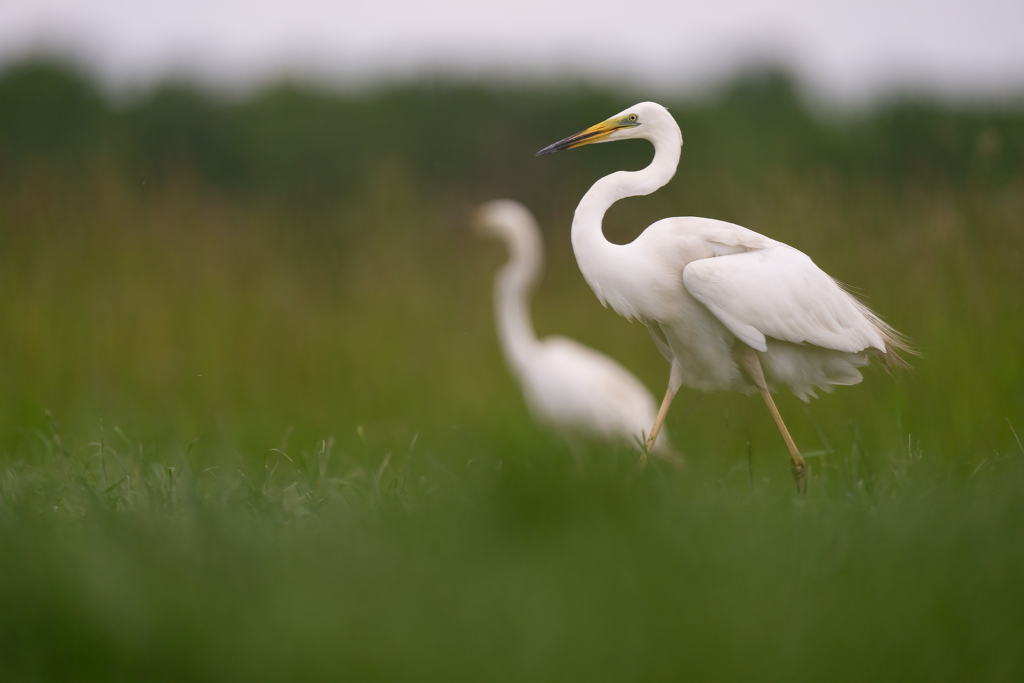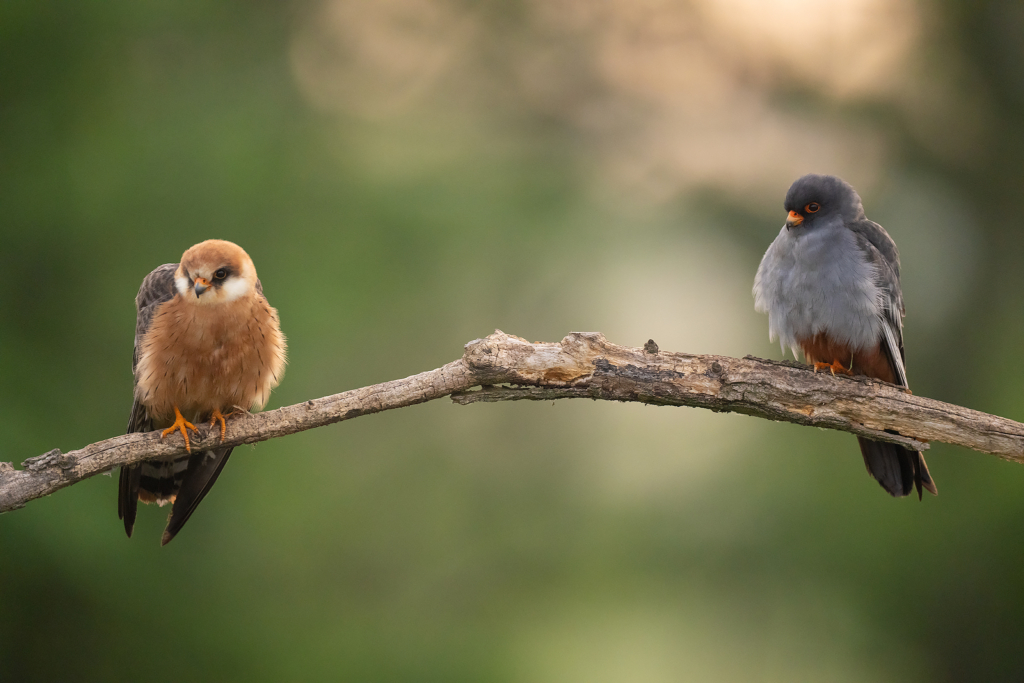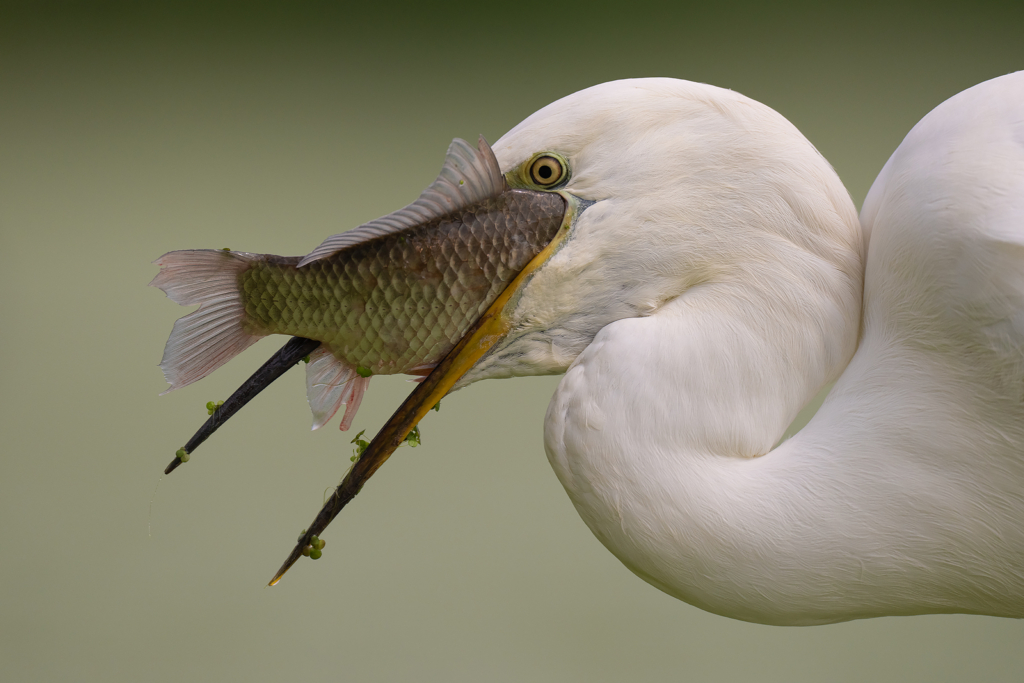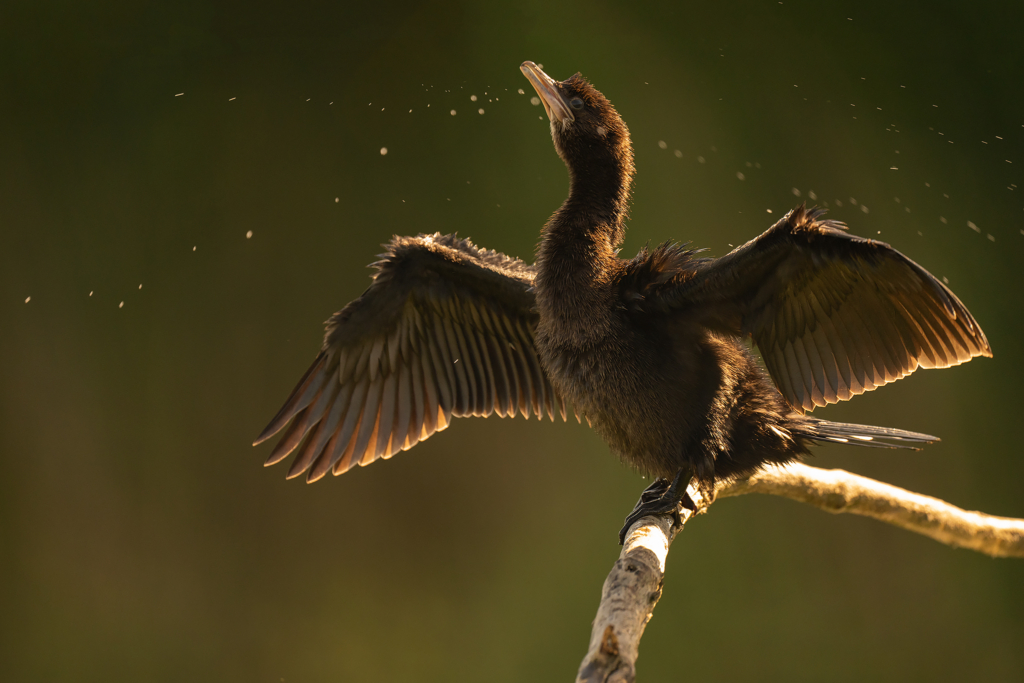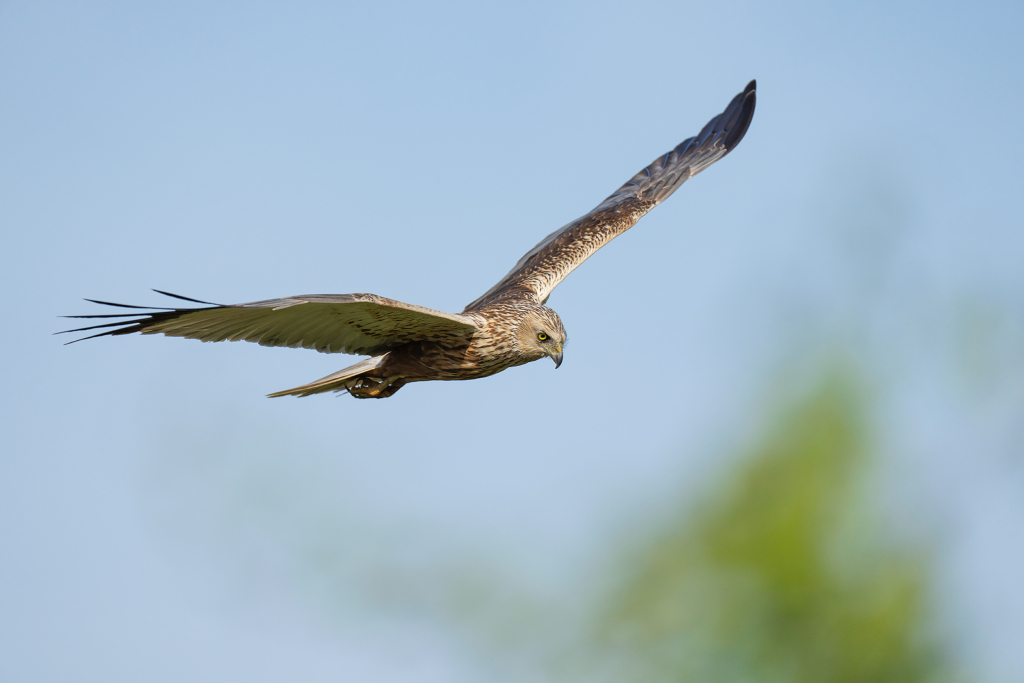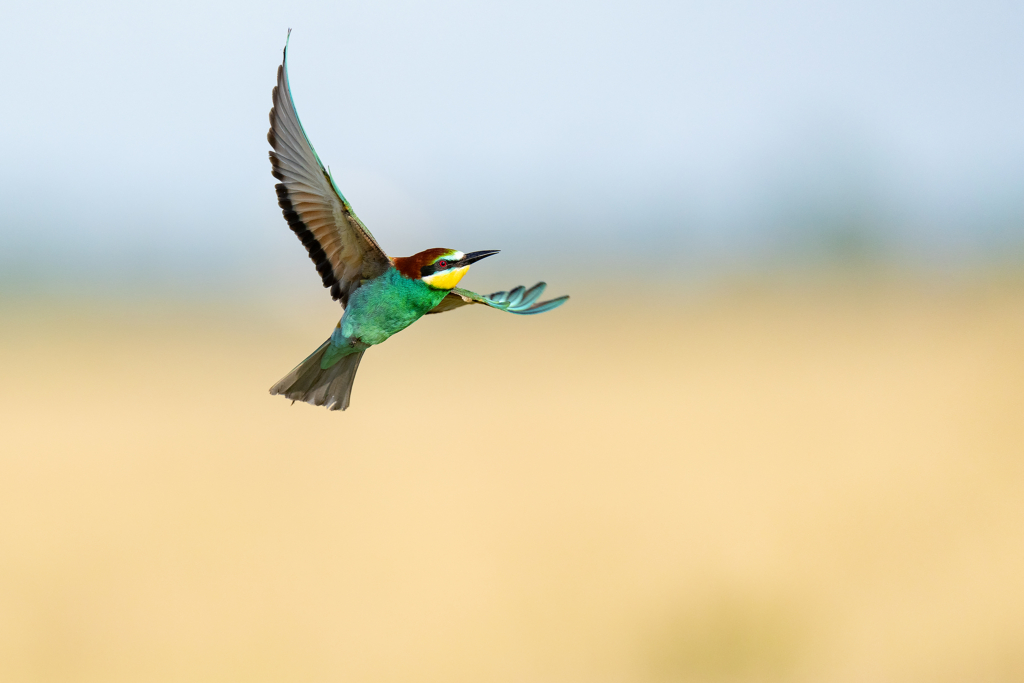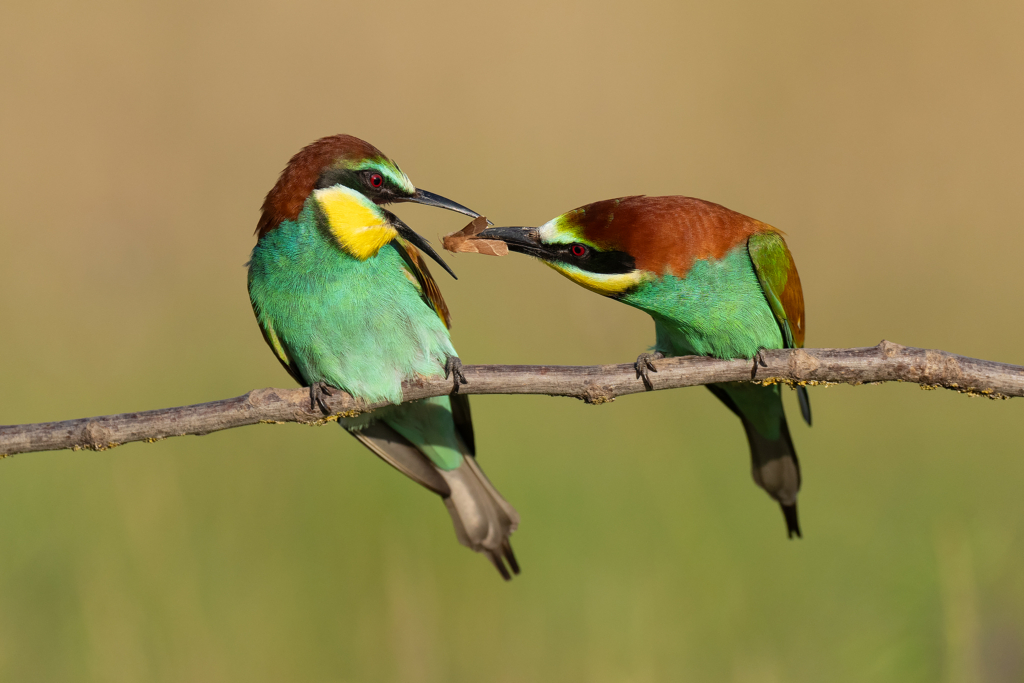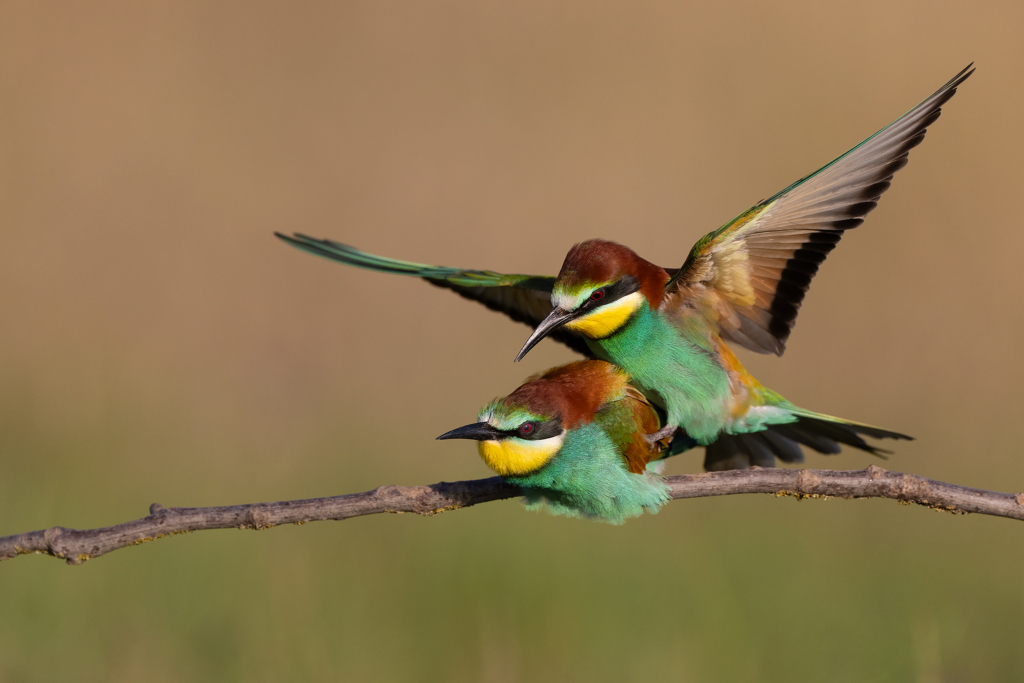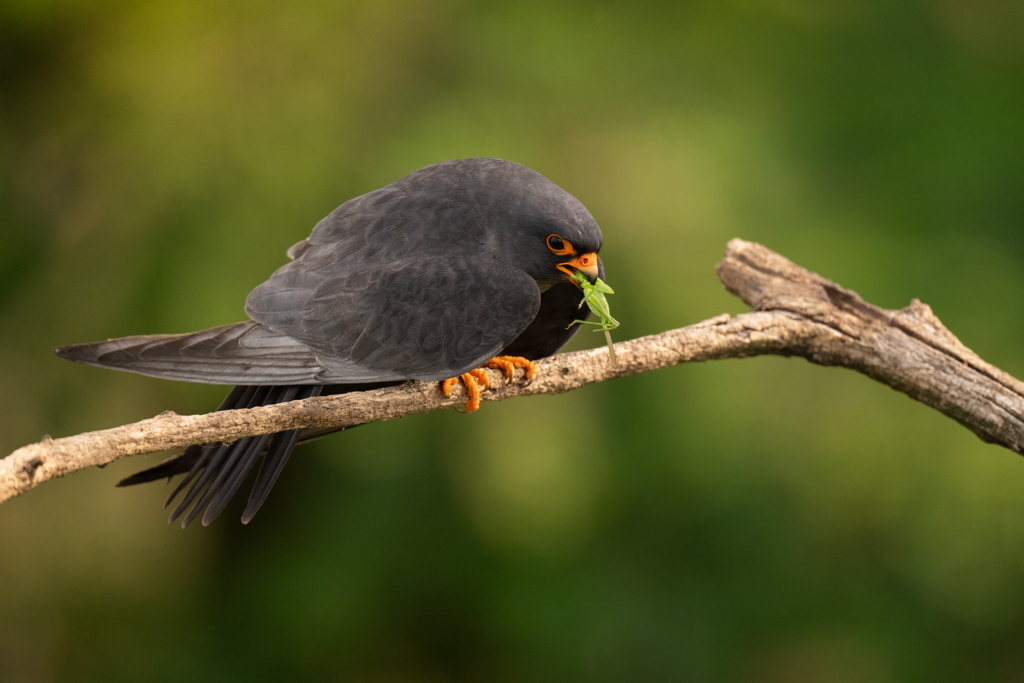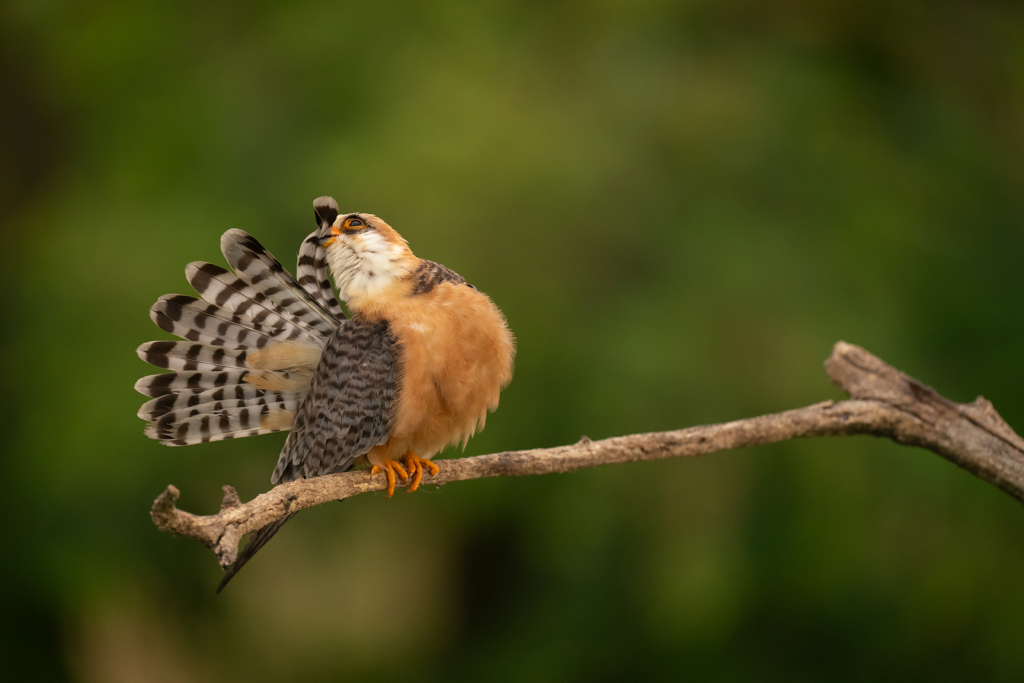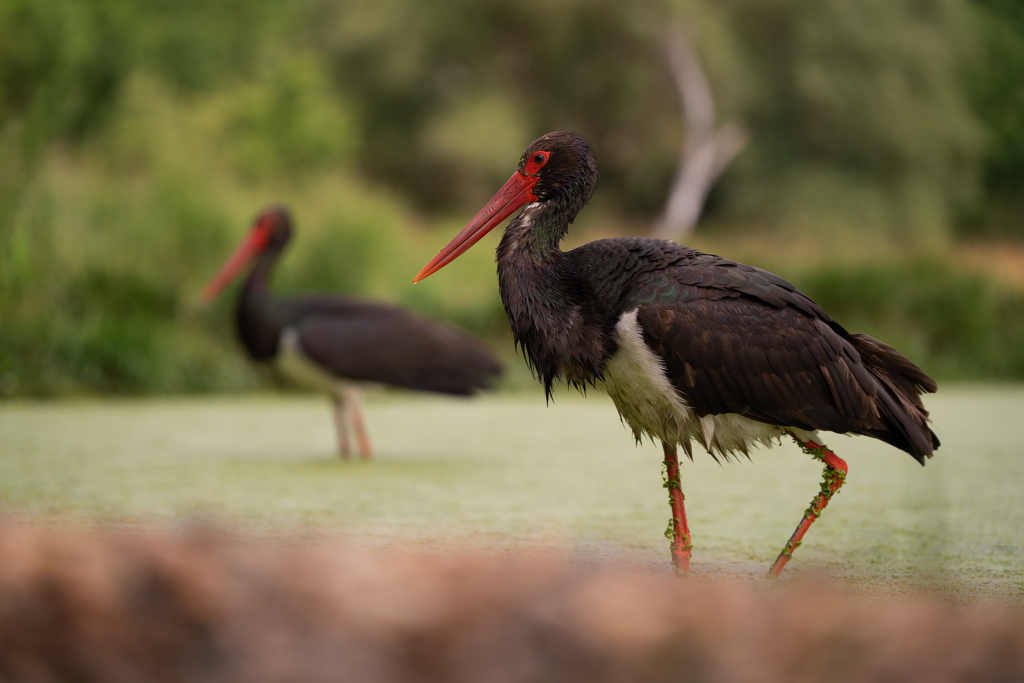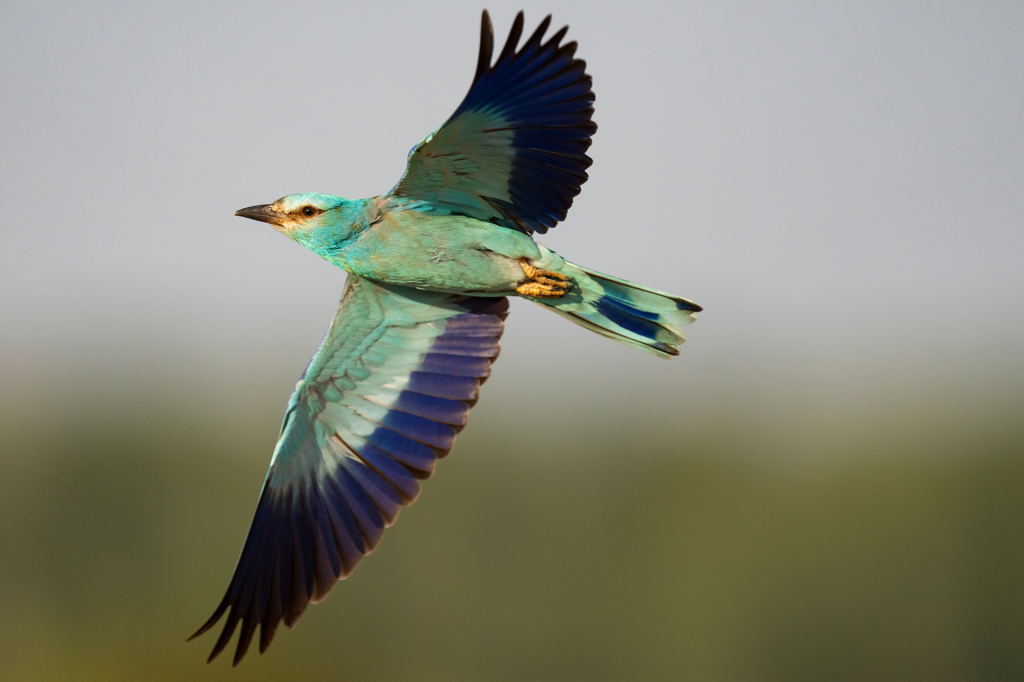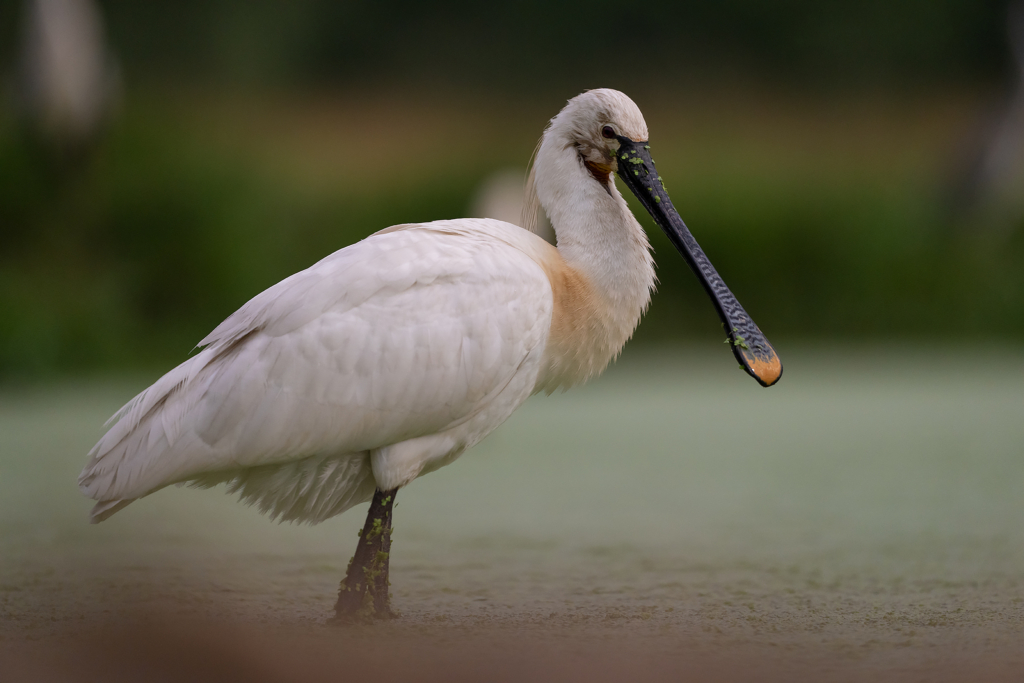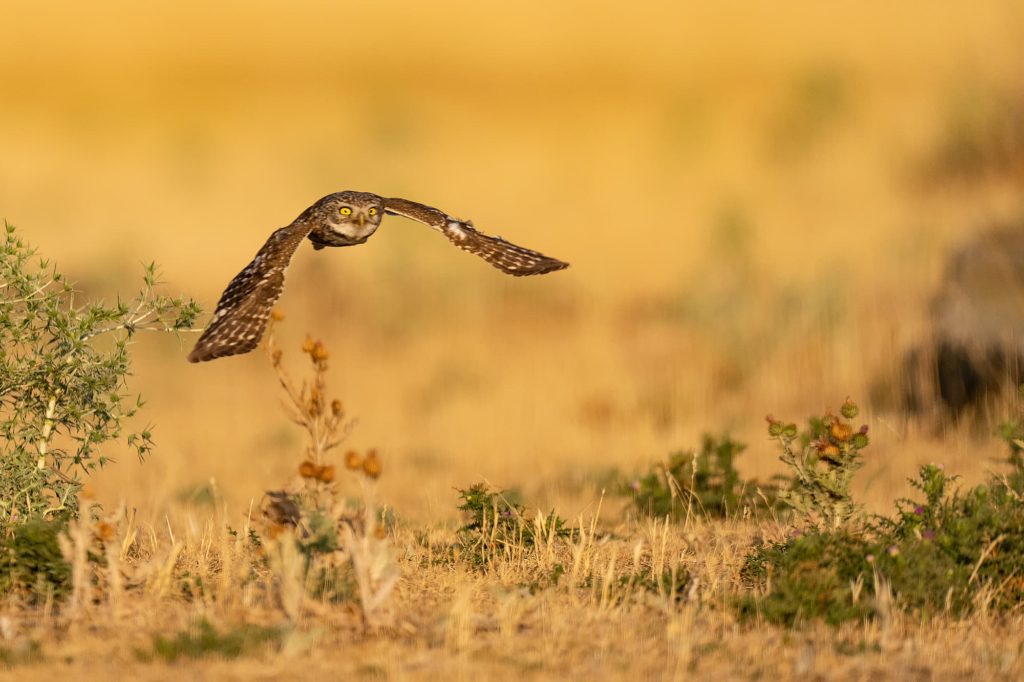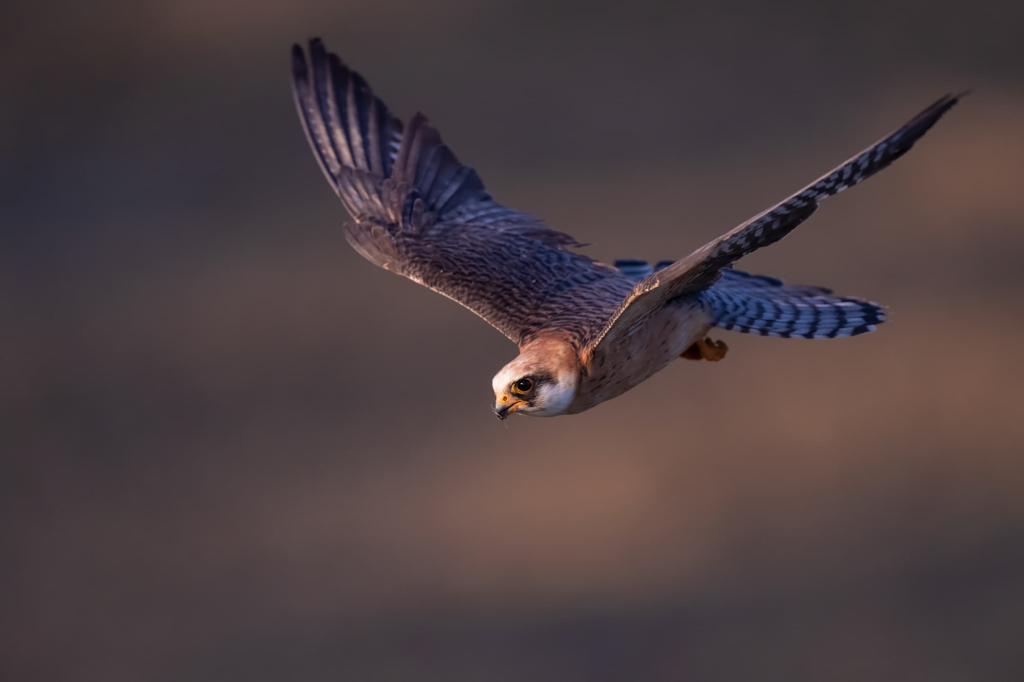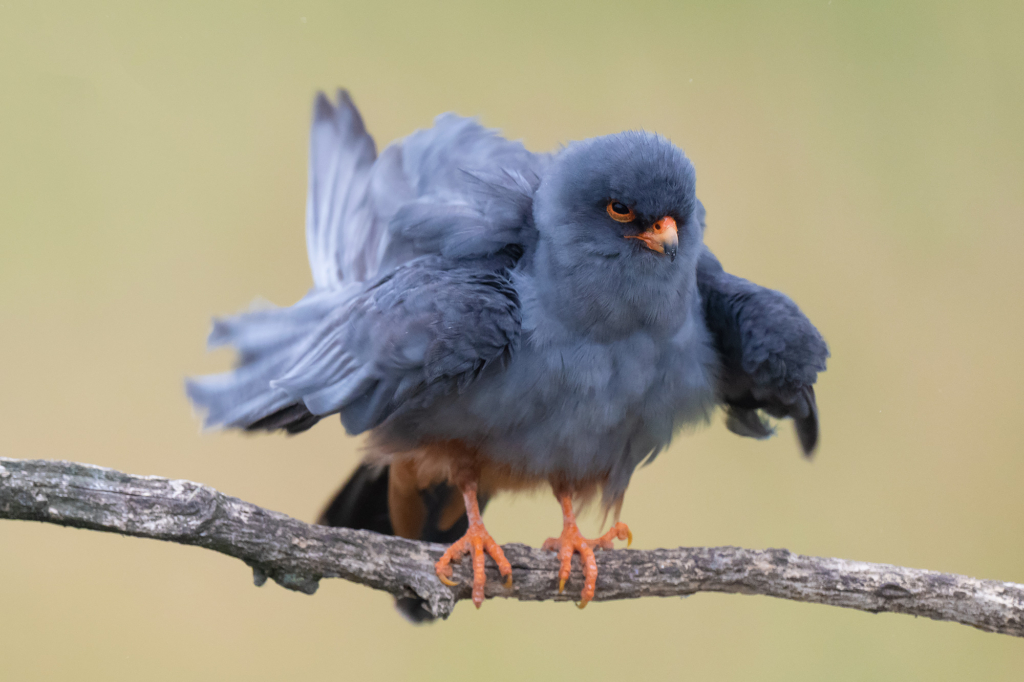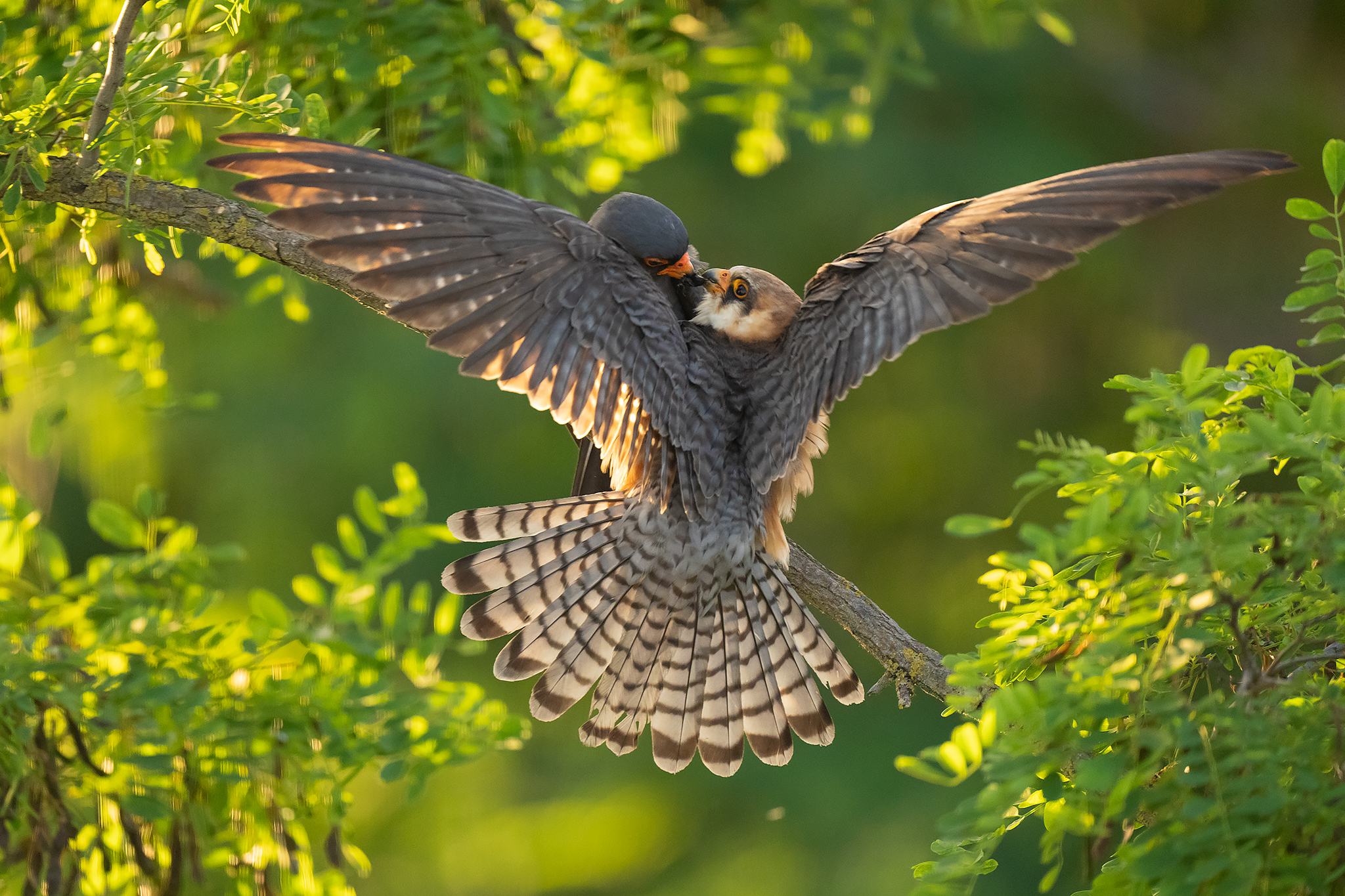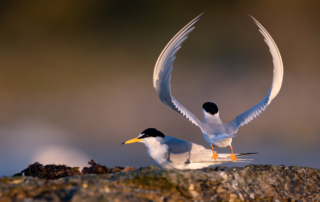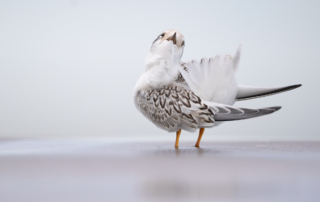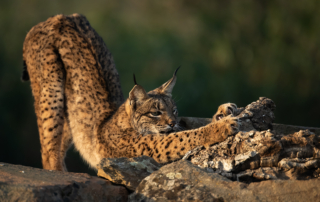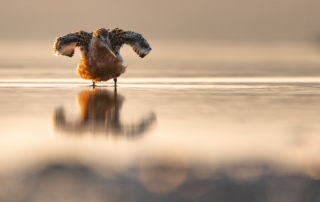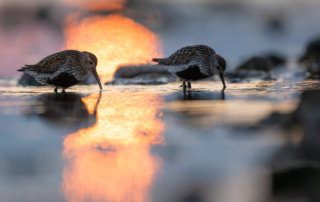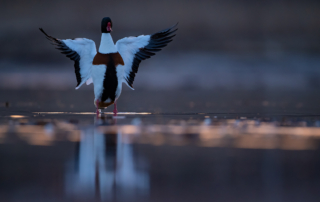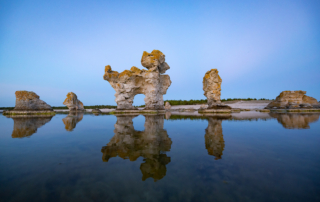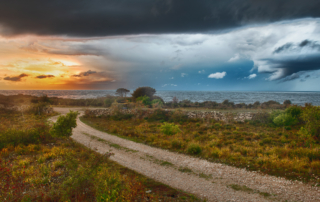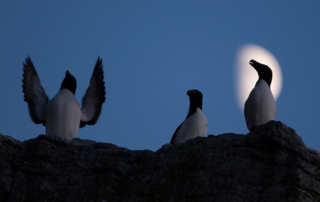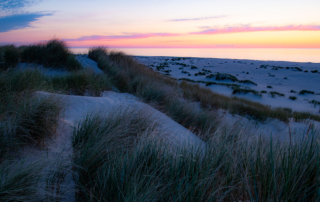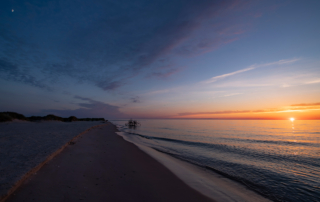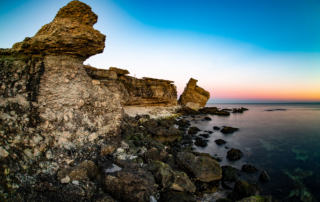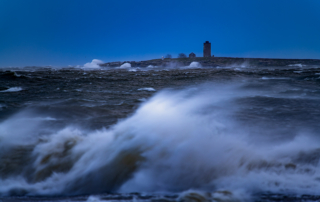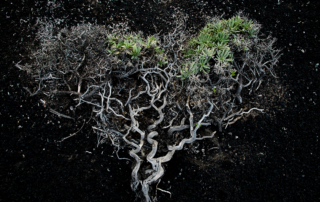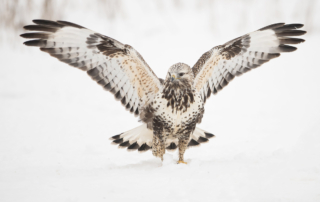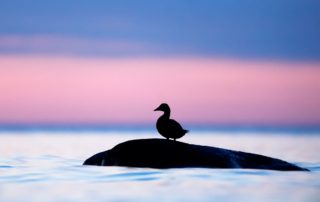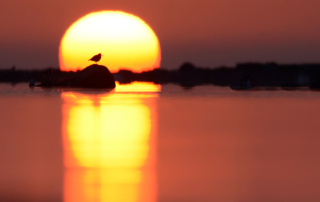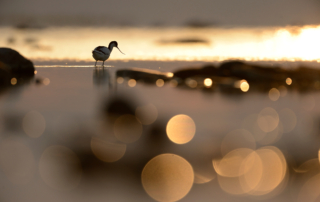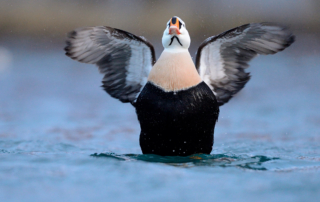SOME HIGHLIGHTS
- A solid bird photography fest with tons of truly great photo opportunities — with birds at incredibly close range, beautiful backgrounds, and stunning angles
- Red-footed falcon, one of our finest birds of prey, up close
- Great opportunities to photograph bee-eater, European roller, and hoopoe
- Great conditions for photographing the charming little owl
- All hides are located close to the farm where we’re staying
- Hide sessions range from about three to five hours, depending on your own preference
- Expert nature photography guidance and tips in a small group of like-minded enthusiasts
- Comfortable accommodation with full board
- We have of course been there before and carefully scouted out the highlights
HORTOBÁGY PUSZTA – FLAT IS NOT BORING
Visiting the Hungarian puszta is a unique experience. Here we encounter thriving ecosystems teeming with shimmering winged friends. The area we’re visiting lies within Hungary’s largest protected region, Hortobágy National Park, which spans 80,000 square kilometers and consists of vast plains with expansive grasslands and wetlands. This area is one of the largest and most important wetland regions of its kind in Europe.
The region has been heavily influenced by grazing since ancient times. The herding culture is still very much alive. The puszta has a typically continental climate with cold winters and hot summers. In late autumn, heavy rains fill shallow depressions in the fine-grained soils. In many places, soda deposits have created saline habitats with unique salt-tolerant or salt-demanding plants, several of which are species usually found on salt marshes along sea coasts. The fact that nature here has remained under similar conditions for a very long time has created an abundance of biodiversity. Even though the landscape is completely flat, the variety within the area is striking. The vast wetlands and ongoing grazing have created ideal conditions for a rich plant and insect life, which in turn supports a magnificent birdlife. Depending on the season, one can see black and white storks, spoonbills, pygmy cormorants, black-winged stilts, flocks of herons and waders, as well as dabbling and diving ducks.
We visit the puszta in mid-May, when conditions are ideal for photographing the most colorful species. The area contains many hides, all built with a focus on one or a few specific species. Our trip will focus on providing the best possible opportunities to capture stunning images of the truly “exclusive” species. We will spend time in hides set in various types of environments. The hides we’ll be photographing from are specially designed for species such as the European roller, bee-eater, hoopoe, red-footed falcon, and little owl. For these particular birds, the opportunities to observe their lives are truly world-class. There are several hides located close to these species’ nesting sites. Here we can see the birds up close without disturbing them. Watching how sharply they spot food in the grasslands is truly fascinating.
In a forest hide, we may encounter species such as the black woodpecker, Eurasian jay, goldfinch, nuthatch, crested tit, pine marten, and many others.
Itinerary
Day 1 (10/5) (Dinner)
We arrive in Budapest and will be picked up at the airport. We drive straight to our accommodation and check in. If there is time, we’ll have an afternoon/evening session in the hides.
Day 2-6 (11-15/5)(Breakfast – Lunch – Dinner)
During these days, we start early to be in the hides before sunrise. We follow a rotating schedule so that everyone gets to photograph from all the hides.
Day 7 (16/5) (Breakfast)
Depending on when our flight leaves from Budapest, we’ll check out of our accommodation well in advance—maybe we’ll have time for a shorter hide session in the morning.
Photographic leader
Magnus Martinsson, born in 1964, is a photographer, author and biologist, living on Gotland since 1988. He has since devoted himself to nature conservation issues in the profession. His interest in nature and photography has taken him on a large number of trips around the world and also gained in-depth knowledge of the Gotland homeland. Magnus contributes in various ways to conveying his knowledge to a broad public. He is a frequently hired speaker, excursion and tour guide. Magnus Martinsson is responsible for photography and text in a large number of publications. As a member of Naturfotograferna, he is one of the leading nature photographers in the country.
